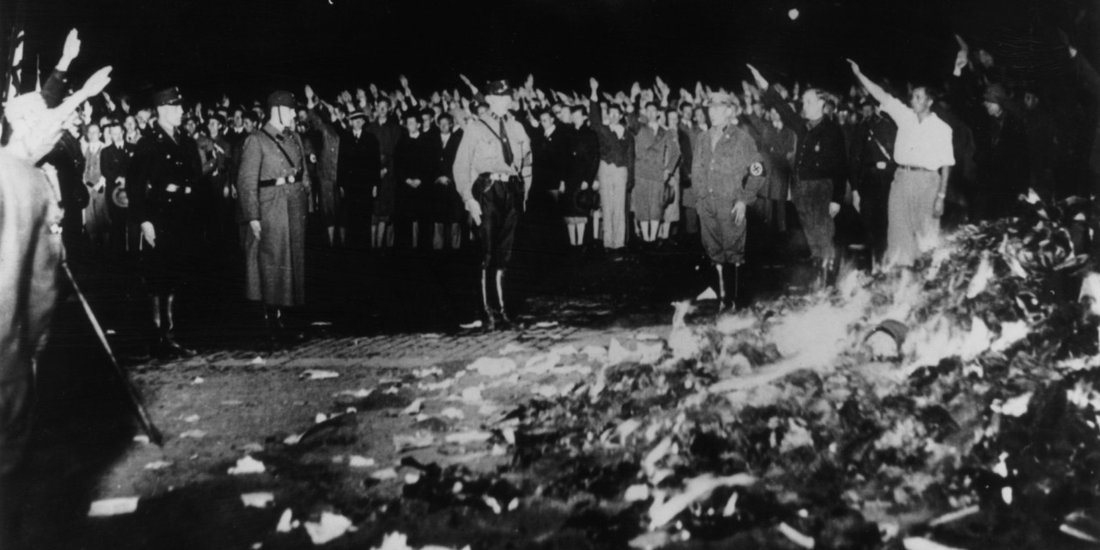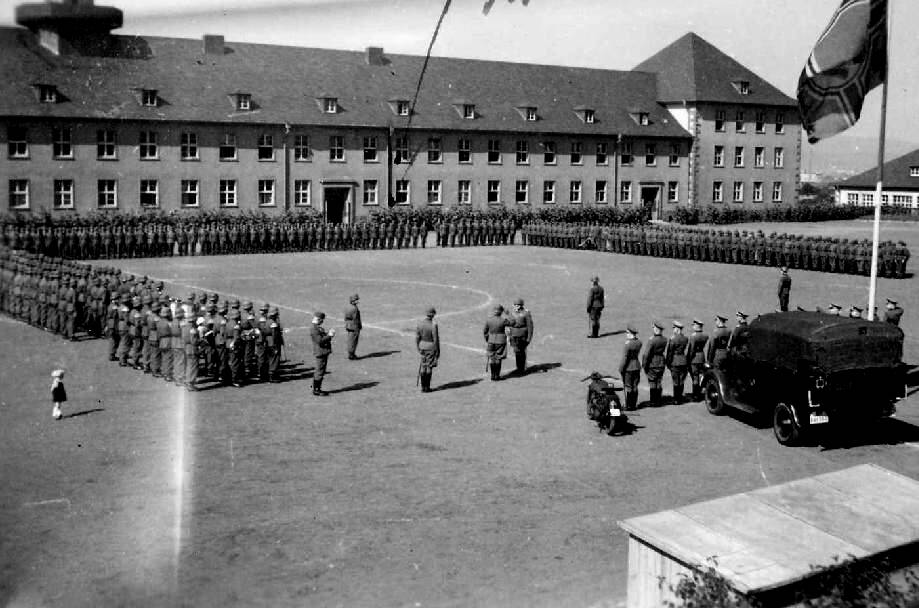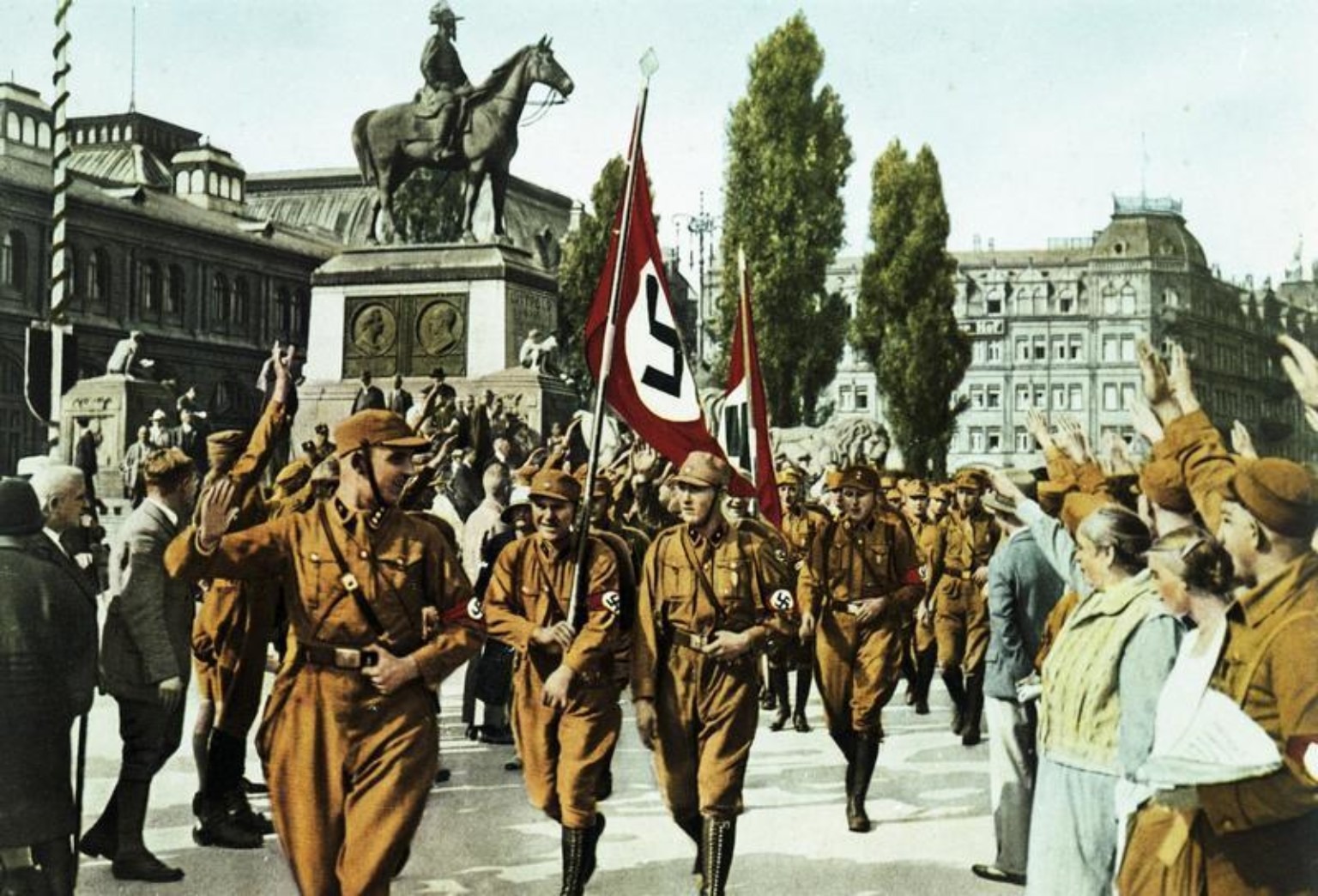The Nuremberg Laws & Beyond
The Nuremberg Laws & Beyond “Where books are burned, human beings are destined to be burned, too.” ~ Heinrich Heine … Read More »The Nuremberg Laws & Beyond
The Nuremberg Laws & Beyond “Where books are burned, human beings are destined to be burned, too.” ~ Heinrich Heine … Read More »The Nuremberg Laws & Beyond
Hitler’s Violation of the Treaty of Versailles In 1930, Hitler began an era that would break the treaty that had put an end… Read More »Hitler’s Violation of the Treaty of Versailles
The Night of Long Knives June 30-July 2, 1934: Operation Hummingbird: A purge in Nazi Germany, designed to insure and strengthen Hitler’s absolute power… Read More »The Night of Long Knives


